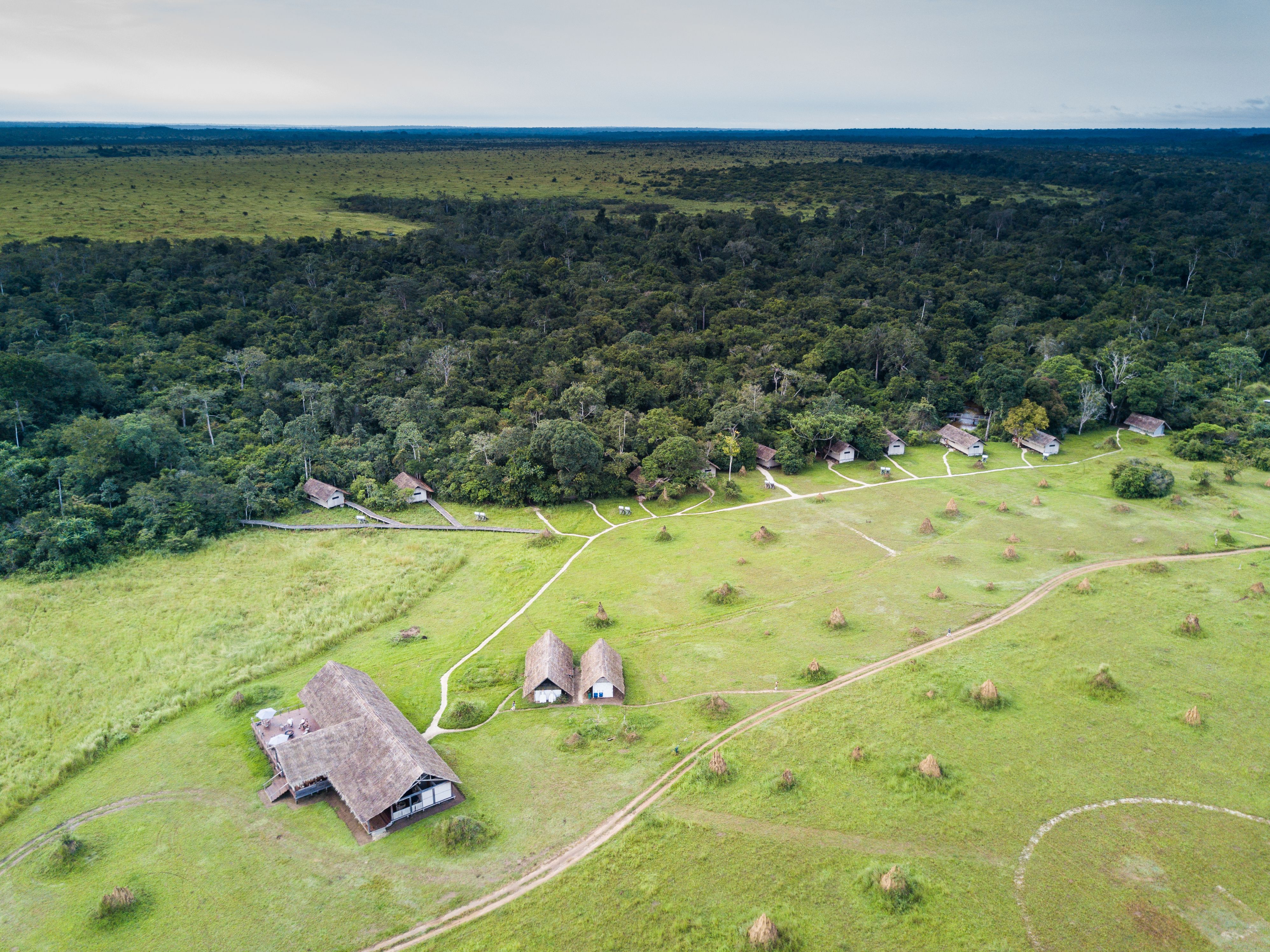Detailed Difference Savanna Elephants / Forest Elephants
Size and Weight
Savanna Elephants
- Males: Average shoulder height of 3.2 to 4 meters and weight ranging from 5,000 to 12,000 kilograms.
- Females: Average shoulder height of 2.7 to 3.4 meters and weight ranging from 3,000 to 7,000 kilograms.
Forest Elephants
- Males: Average shoulder height of 2.5 to 3 meters and weight ranging from 2,000 to 6,000 kilograms.
- Females: Average shoulder height of 2.1 to 2.6 meters and weight ranging from 1,000 to 3,000 kilograms.
Habitat and Geography
Savanna Elephants
Inhabit open savannas, grasslands, and bushlands, primarily in East and Southern Africa.
Forest Elephants
Specialized for tropical lowland rainforests in Central and West Africa, especially in the Congo Basin.
Ears and Tusks
Savanna Elephants
- Larger, often elongated ears.
- Males: Larger tusks, outwardly curved; Females: Generally smaller tusks.
Forest Elephants
- Smaller, round ears.
- Males: Shorter, sturdier tusks, sometimes straight or slightly downward curved; Females: Generally smaller tusks.
Social Structure and Behavior
Savanna Elephants
- Often live in larger herds, consisting of related females and their offspring.
- Tend to undertake extensive migrations, especially in relation to water sources and seasonal food.
Forest Elephants
- Live in smaller family groups, often with related females and juveniles.
- Move within their dense habitat but undertake less extensive migrations.
Diet and Feeding
Savanna Elephants
Primary diet often consists of grass, especially in open savannas
Forest Elephants
Forest Elephants: Have a more varied diet, including leaves, fruits, branches, and bark.
Tusk Size and Shape
Savanna Elephants
Often have larger tusks, more intensively used due to their open habitat.
Forest Elephants
May have shorter, sturdier tusks, better suited for maneuvering in dense forests.

We love teaching you about the magic of Africa. Sign up to learn more.
If you have any further questions, please visit our comprehensive FAQ section.